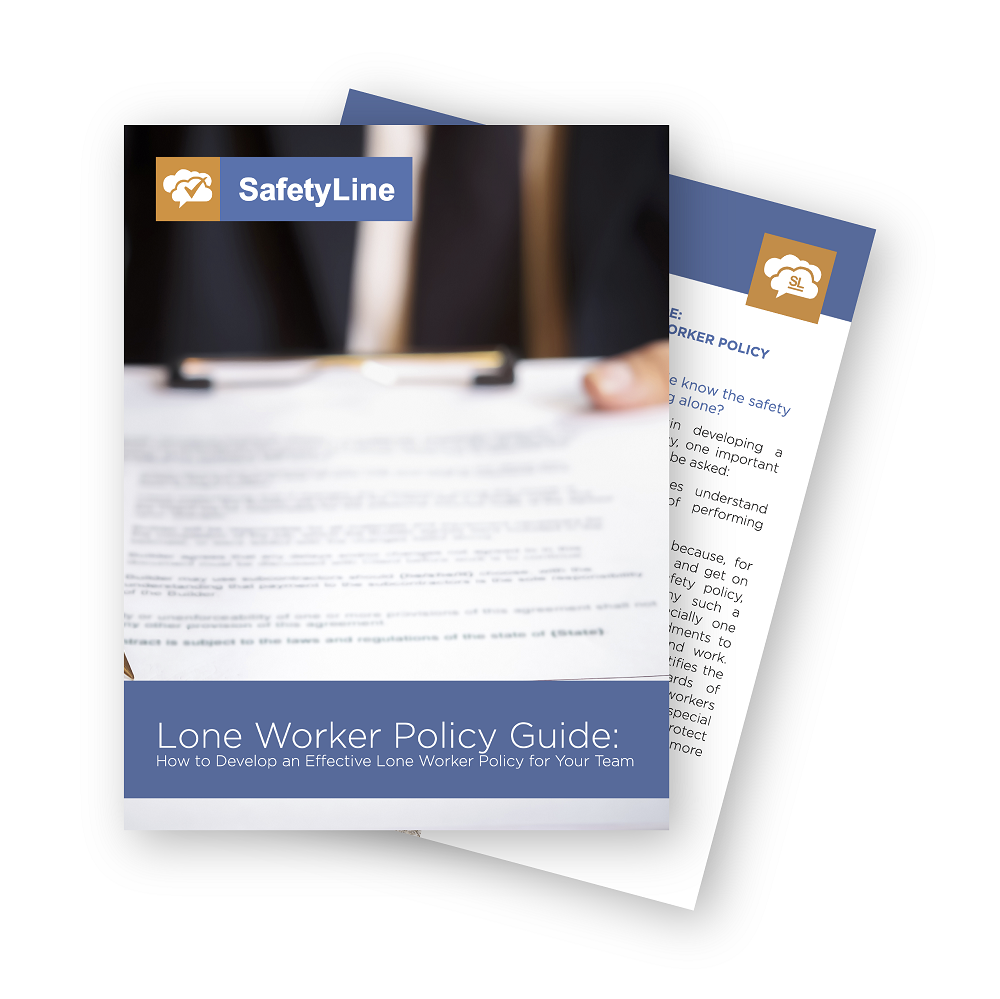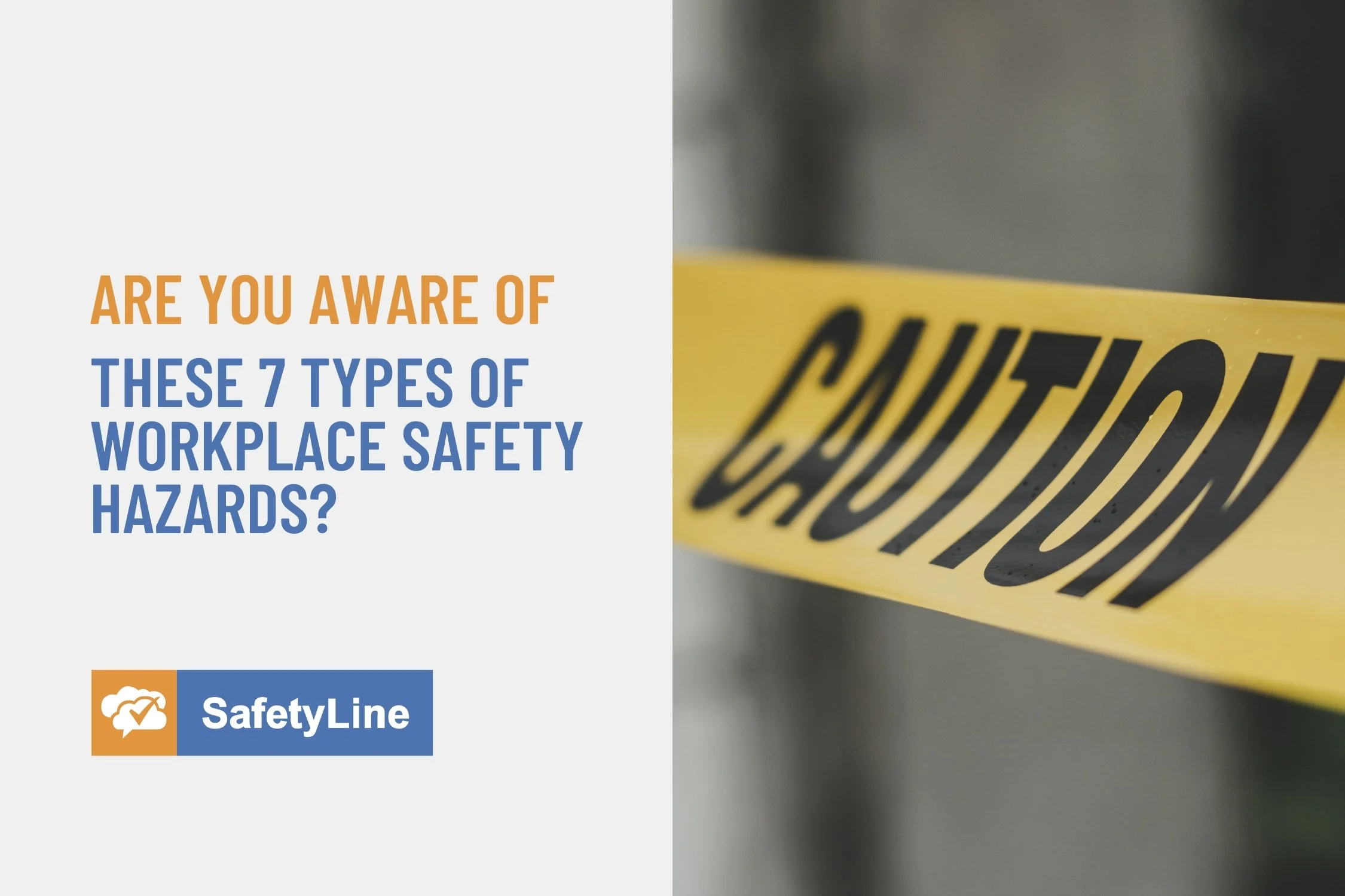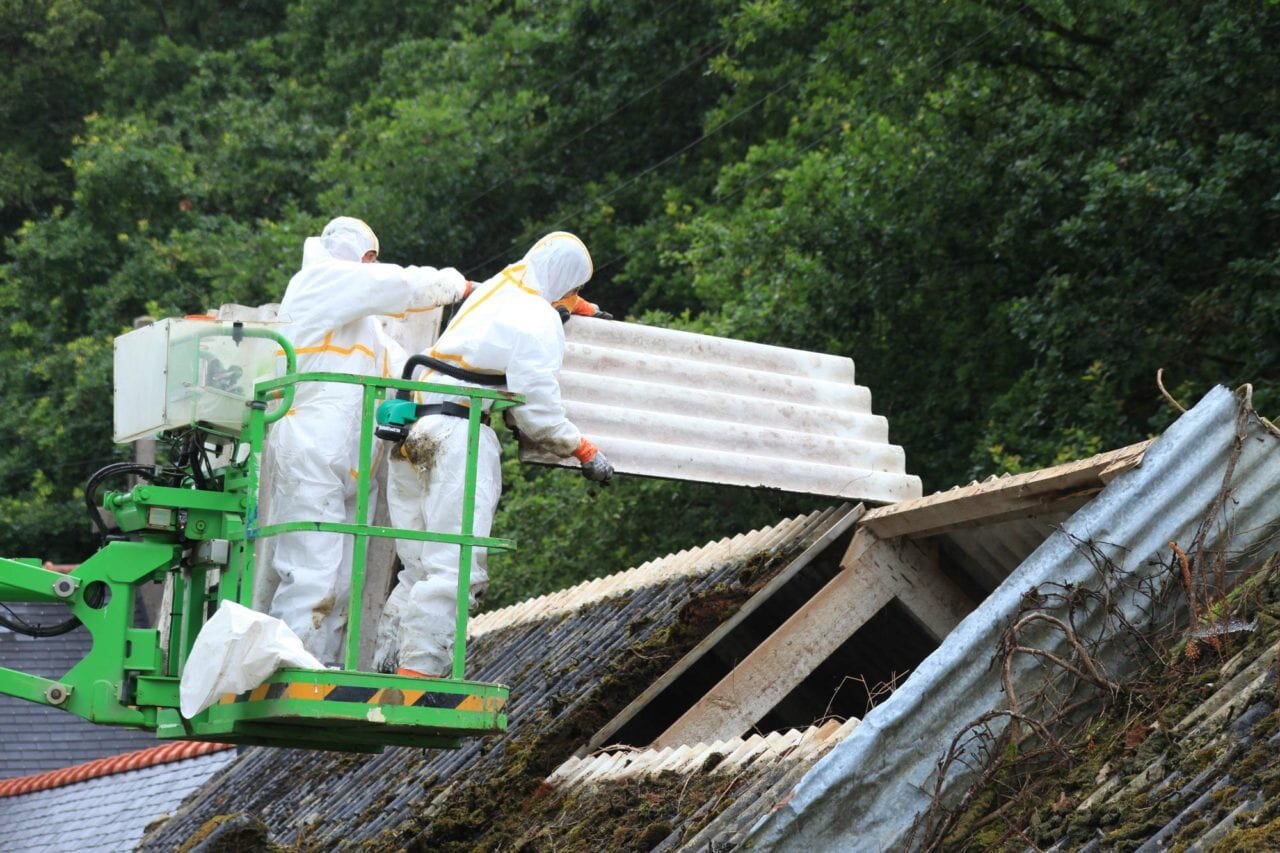Featured Resources
Lone Worker Policy Guide and Template
A lone worker policy is an effective way to ensure that your lone workers are well-educated on your company’s work-alone rules and have extensive knowledge of all workplace hazards that could be encountered on the job.
Hazard Assessment Guide
In the process of doing a hazard assessment for your workplace, it is almost a certainty you’ll learn information about the operational aspects of your organization you were unaware of before the assessment.
View eBook
Develop a Free Lone Worker Program for Small Teams
Developing a free lone worker check-in system is a simple process for small teams that any organization can implement.
View eBook
SafetyLine Blog Categories
General Safety | Lone Worker Safety | SafetyLine News and Updates | SafetyLine Product Updates | Compliance, Policy, and Regulations | Downloadable Resources |
Risk Mitigation Strategies: How to Plan for the Worst
Every safety manager and employer would love to have a way to predict workplace accidents before they hurt an employee. Unfortunately, that does not exist yet, however, the good news is there are risk mitigation strategies that can be implemented now, preventing many of these accidents from taking place and as a result, protecting your workers from injuries and harm.
Biological Hazards in the Home for Work From Home Employees
As Canadians continue to spend increased amounts of time at home in light of COVID-19, keeping a clean and safe at-home work environment is more important than ever. Keep in mind that some of the most dangerous hazards are not obvious and may be difficult to see. This article will identify the biological hazards that could be present in your home. It will also suggest techniques to eliminate these risks and preserve your safety while working from home.
Workplace Hazards Series: COVID-19
As governments ease months-long restrictions allowing employees to return to their offices, the new reality is that these places won’t be the same as we left them. The new normal will entail increasingly structured workplaces that are more mindful of potential physical contamination. For the foreseeable future, there will be new routines and procedures that we will need to enforce and become accustomed to, seemingly normal ways of doing things that need to be shifted in order to protect team members from potential infection of the notorious virus.
So how do you address these new workplace hazards and different working environments for your team members?
Following all the Ghouls!
Whether you’re hunting for candy, scaring your neighbors, casting spells, or setting off fireworks, there are some things you can do to keep the curses to a minimum. We’ve put together a few important safety tips to help you navigate the dark and haunted streets this year!
Are You Aware of These 7 Types of Workplace Safety Hazards?
Workplace safety hazards exist in every environment, but how do you know which ones have the most potential to harm workers? By identifying hazards at your workplace, you will be better prepared to control or eliminate them and prevent accidents, injuries, property damage, and downtime.
20 Questions to Always Ask When Conducting a Hazard Assessment
A hazard doesn’t become safe because you see it happen every day. Common sense, yes, but this “hazard blindness” happens to the best of us. Not using safety goggles becomes part of the norm, and you don’t even notice that the work bench you always work from is unstable anymore. However, if this mindset continues when doing a hazard assessment or inspection, this can spell D-A-N-G-E-R.
Workplace Hazards Series: Biological Hazards
Anything that can cause harm to people, animals, or infectious plant materials can be considered a biological hazard. They exist in most workplaces that involve working around other people, unsanitary conditions, in labs, or in the environment.










